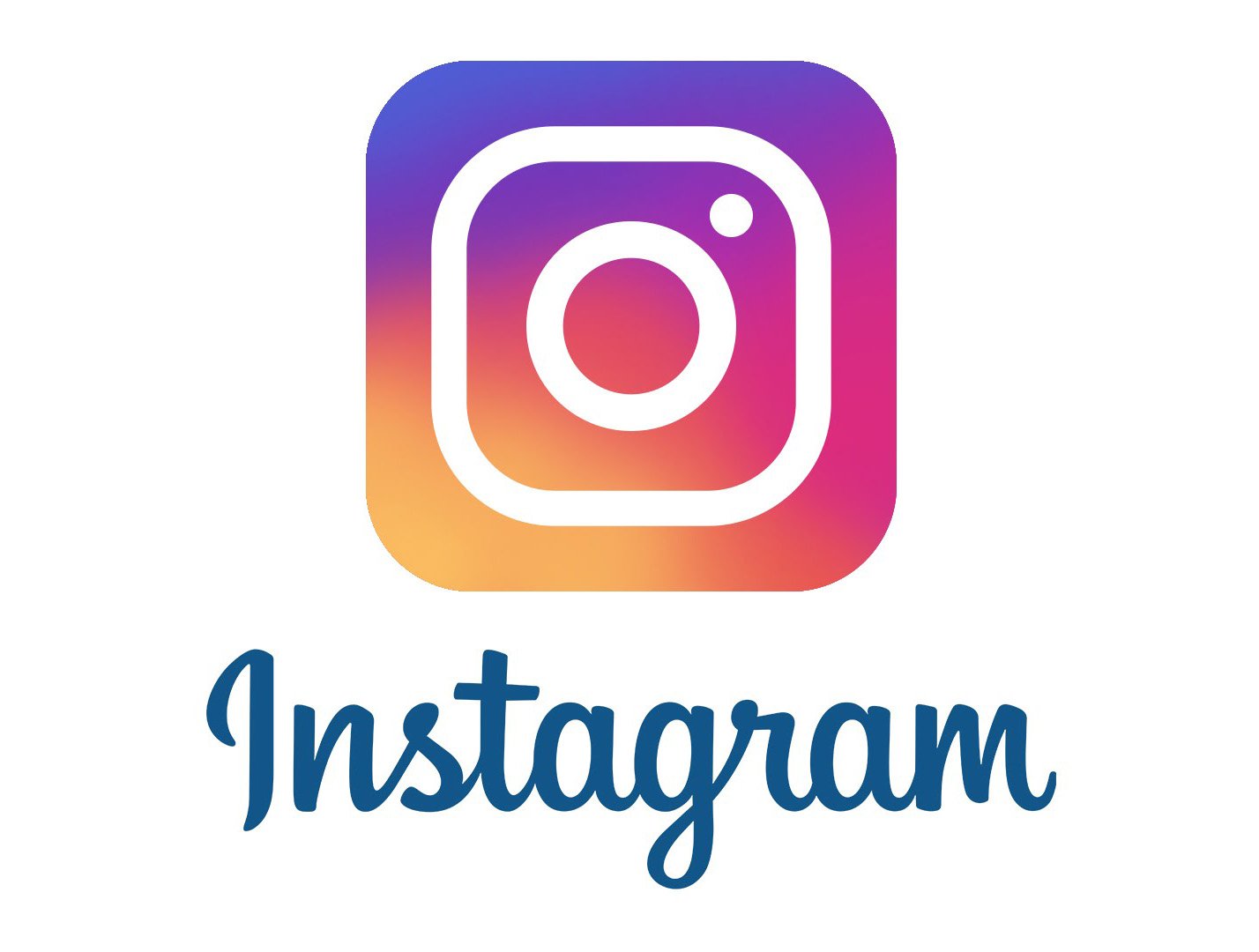In July 2025, Instagram rolled out a comprehensive update to its safety protocols, specifically targeting teen users in India. As one of Meta’s most critical markets, India has seen rising concerns over online harassment, privacy violations, and the exploitation of young users. In response, Instagram has introduced a set of powerful new features designed to create a safer and more controlled digital environment for teenagers aged 13–16.
These changes are part of Meta’s broader safety initiative aimed at reshaping the teen online experience and equipping both adolescents and their parents with better tools for digital well-being.
Key Privacy Updates for Teen Accounts
1. Private by Default
All new accounts created by users under 16 years old will now be automatically set to private. This setting ensures that only approved followers can view and interact with posts, stories, and other content shared by the teen. It also prevents unwanted tagging or exposure to strangers.
2. Messaging Restrictions
Teens can no longer receive direct messages from accounts they do not follow. Additionally, Instagram has embedded safety notices within chats, showing important information such as the date the contacting account was created and its origin—helping teens make informed decisions about who they interact with.
3. One-Tap Block and Report
Instagram has streamlined its blocking and reporting system. Teens can now block or report suspicious or inappropriate accounts with a single tap—making it easier to take swift action against harmful interactions.
4. Parental Approval for Sensitive Features
Certain features now require parental approval. For instance, teens cannot go live or disable content filters that screen sensitive images without explicit guardian consent.
5. Screen Time Controls and Sleep Mode
Instagram has also introduced a new “Sleep Mode” feature, automatically silencing notifications from 10 PM to 7 AM. In addition, users are reminded of screen time limits, with prompts when the one-hour daily usage threshold is approached.
Parental Dashboard: Active Supervision without Invasion
One of the standout components of this update is the Parental Dashboard. This tool provides a balance between teenage privacy and parental oversight. It allows guardians to:
- Monitor chat participants
- Adjust privacy and security settings
- Track overall app usage
Meta emphasizes that the goal is to maintain trust between teens and parents, ensuring safety without being overly intrusive.
Meta’s Ongoing Battle Against Harmful Behavior
According to Meta, more than 630,000 accounts violating child safety rules were removed from Instagram and Facebook between June 2020 and June 2025. Additionally:
- Teens voluntarily blocked over 1 million accounts deemed suspicious.
- Another million accounts were proactively blocked after being flagged as harmful.
- Teens now receive alerts when a suspicious or newly created account tries to contact them.
These figures highlight both the severity of the threat and the scale of Meta’s response.
Why These Changes Matter
With millions of Indian teens active on Instagram, these new features are not just timely—they are necessary. They reflect a shift toward proactive protection, placing essential controls directly within the platform instead of requiring users or parents to configure complex settings.
Safety experts applaud the move but stress that digital vigilance must continue. Technology alone cannot fully replace human supervision, education, and open family communication.
Instagram’s upgraded safety measures mark a positive step toward safeguarding young users in one of its largest markets. While the platform cannot guarantee full protection from online risks, its new privacy settings, user controls, and parental tools significantly reduce the likelihood of exploitation or harassment.
As online platforms face growing scrutiny over their handling of teen safety, Instagram’s initiative sets a strong precedent. This could potentially reshape how tech companies worldwide approach user protection—especially for vulnerable groups like adolescents navigating an increasingly connected world.


